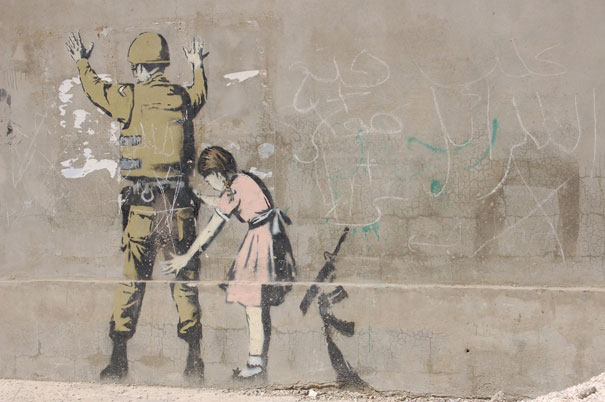
Graffiti was once considered to be art in ancient times; when wall paintings and writings that were etched into walls were admired for their beauty and meaning. Though for most of the modern century, graffiti has often been referred to as vandalism or defacement of public property. It has been mainly associated with gangs, social/political anarchists, or considered to be a crime in most countries. However, the modern perception of graffiti may be shifting and the acceptance of this form of art may now be associated with developing nations and more of the middle/higher classes of society.
In fact, there is a website called “Legal Walls” that is dedicated to showcasing walls around the globe that are dedicated to the art graffiti. All of the walls are proclaimed legal in several different countries, most of which exist in developed Western Nations. Cities dedicate spaces to the practice and expression of art in their town centers, and they condemn graffiti art beyond these designated areas.
Graffiti is in an interesting and confusing intersection between acceptance and suppression. Bansky, an anonymous England-based graffiti street artist who is both revered for his controversial activist art and recognized as a vandal, is a perfect example of this crossroad. He is commissioned for album covers, paintings, and exposes by some of the wealthiest, high-class stars of our time. At the same time, he strives to remain anonymous while auctioneers sell his street art on location since no photographs or reproductions of his art are typically sold.
Graffiti is admired and half accepted by towns that choose to dedicate a safe space for the art, yet at the same time it is sill proclaimed a crime to practice it. When the word “graffiti” is uttered, the first thing that comes to mind for most people is criminal, low class, gang, etc. Are these first perceptions part of the reason why this art is not fully accepted? For those who purchase Bansky’s art, are they committing a crime? Is Bansky a criminal for producing art that is clearly in demand by those who are widely accepted in the public eye?






